St. John's Wort
Information
Hypericum perforatum - Brassicaceae Family - Perennial
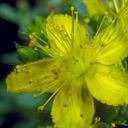

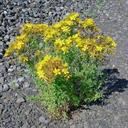

Identification
- Flowers: Yellow, 5 petaled flowers with black dots on the margins and many stamens.
- Seeds: Plants spread by seed, below ground rhizomes, and above ground creeping stems. One plant can produce up to 100,000 seeds and be viable in the soil for 10 to 30 years.
- Leaves: Green 1-inch long leaves spotted with tiny translucent dots.
- Flowering Time: May through late September.
- Life cycle: St. Johnswort is an upright, 1.5 to 2 foot tall perennial, with reddish stems.
Impacts
- Infestations spread rapidly on disturbed, well drained sites such as roadways, trails, meadows, grasslands, overgrazed range, logged areas, and similar type sites.
- Besides being invasive, St. Johnswort is also toxic to livestock if ingested in sufficient quantities. Like most hypericums, St. Johnswort contains hypericin, a phototoxin that causes sensitivity to the sun after being ingested. Symptoms can include dermatitis, inflammation of the mucus membranes, blisters and open sores which then often lead to secondary infections. Light skinned livestock are particularly affected.
Control
Most effective control methods
- For small infestations, a combination of hand pulling or digging and chemical applications can be effective if all of the lateral roots are removed, and the site is carefully monitored for resprouting.
- The chemical, 2, 4-D is effective if applied right after germination of new seedlings and before any blossoms open. Repeated applications may be necessary.
- For larger infestations, a combination of chemical applications and biological controls is recommended.
- Two biological agents are recommended for control of St. Johnswort. The Klamath weed beetles, which are very successful in California, have only moderate success in colder regions because they are only able to produce one generation per year. Both the adults and the larvae feed on the foliage.
Control methods and timing
| March | April | May | June | July | Aug | Sept | Oct |
|---|---|---|---|---|---|---|---|
|
Prev Mech Chem |
Prev Mech Chem |
Prev Mech |
Prevention (Prev) Monitor and destroy new plants before seed production.
Mechanical (Mech) Hand pulling, digging, cutting, mowing and tilling.
Cultural (Cult) Biological control agents, livestock grazing, and revegetation practices.
Chemical (Chem) Selective herbicides based on the plant and the specific location. Check our weed fact sheets for specific control information.
Large Images
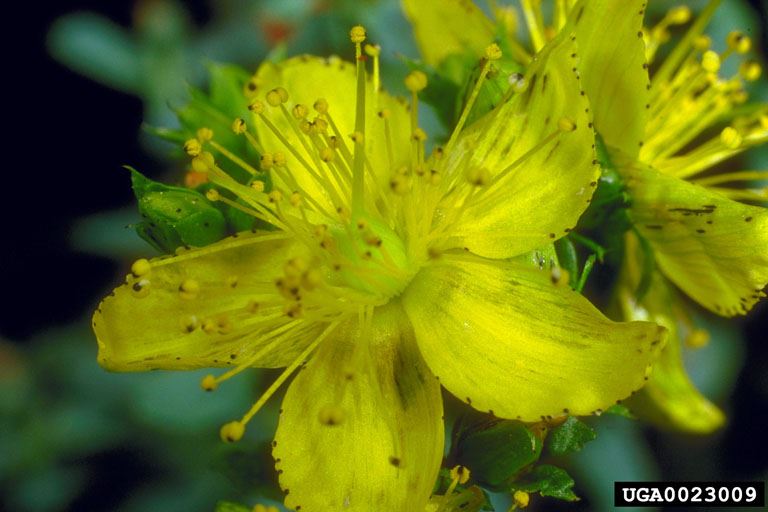
St. John's wort: flower
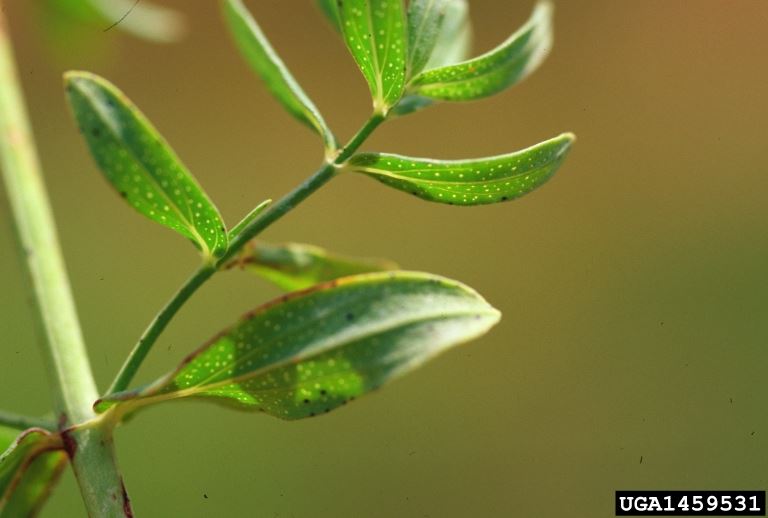
St. John's wort: foliage
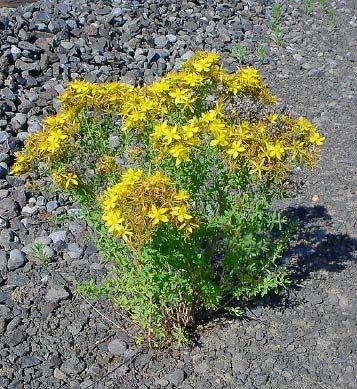
St. John's wort: full plant in bloom
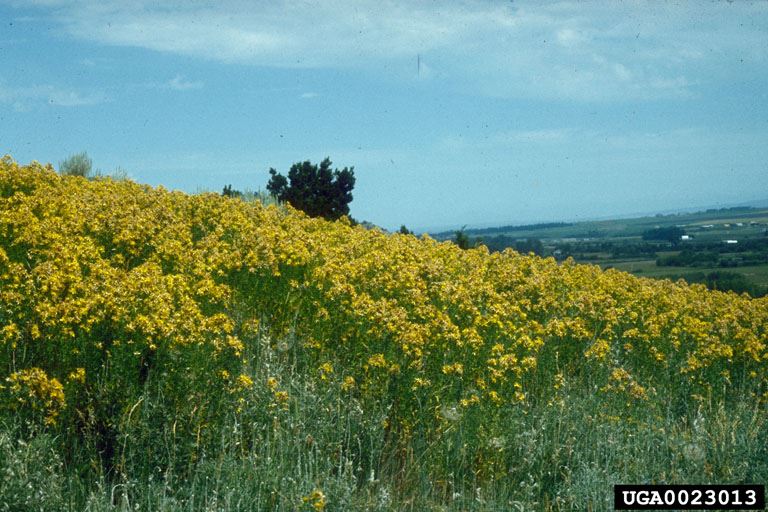
St. John's wort: infestation
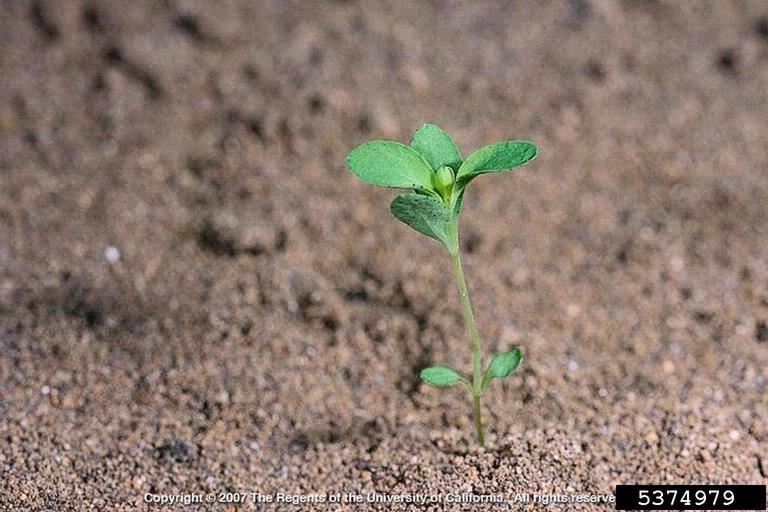
St. John's wort: seedling
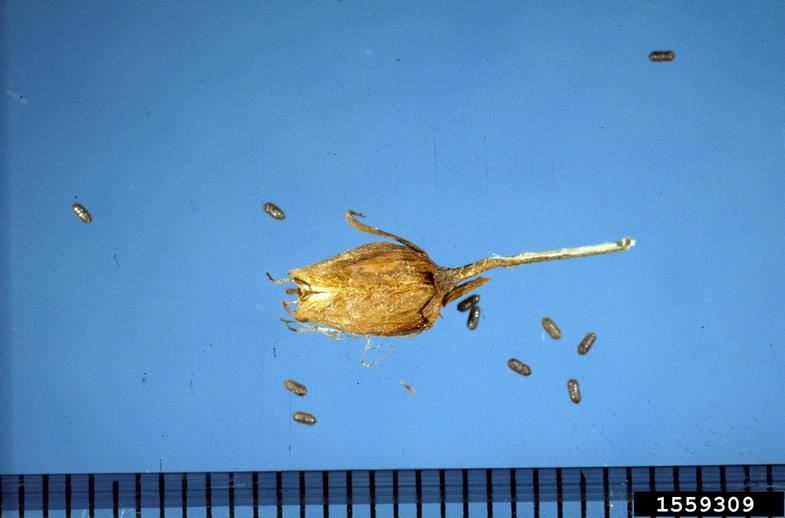
St. John's wort: seed
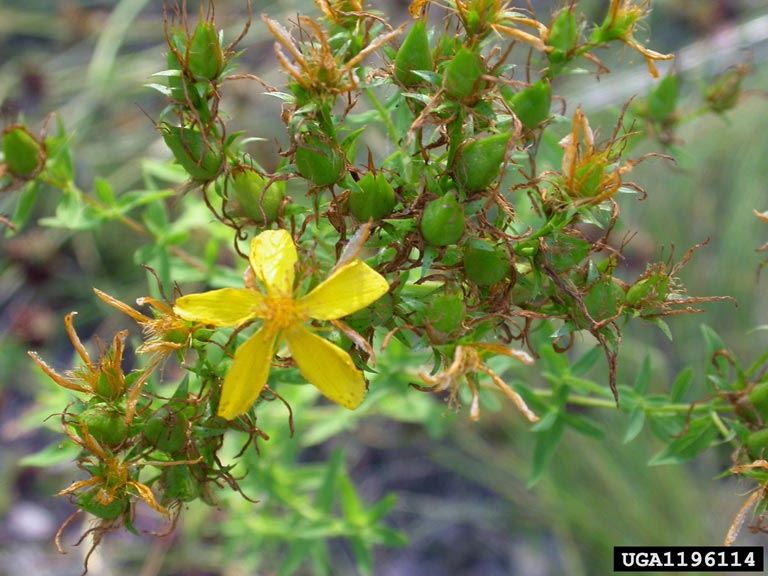
St. John's wort going to seed
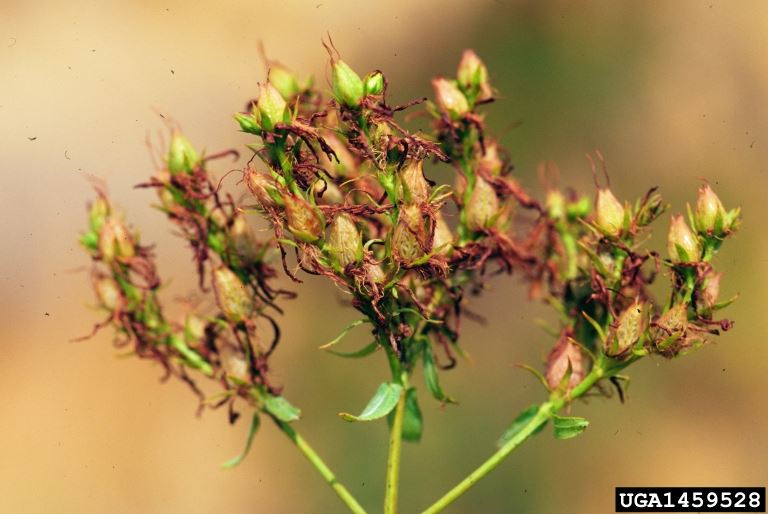
St. John's wort going to seed
Resources
-
-
References
DiTomaso, J.M., G.B. Kyser et al. (2013). Weed Control in Natural Areas in the Western United States [PDF file]. Weed Research and Information Center, University of California. Retrieved from https://wric.ucdavis.edu/information/natural-areas/wr_H/Hypericum_perforatum.pdf View PDF
Global Invasive Species Database. (2017, August 8). Species profile: Hypericum perforatum. Retrieved from http://www.iucngisd.org/gisd/species.php?sc=1197
Graham, J., & Johnson, W. Managing common St. Johnswort [PDF file]. Retrieved from https://www.unce.unr.edu/publications/files/nr/2003/FS0314.pdf View PDF
Invasive Species Consortium. (2018, January 3). Hypericum perforatum (St John’s wort). Retrieved from https://www.cabi.org/isc/datasheet/28268
Mangold, J., Sheley, R., & Brown, M. (2017, June). St. Johnsort: identification, biology, and integrated management [PDF file]. Retrieved from http://www.msuinvasiveplants.org/documents/mt_noxious_weeds/St.-Johnswort_MT199810AG.pdf View PDF
Washington State Noxious Weed Control Board. Common St. Johnswort. Retrieved from https://www.nwcb.wa.gov/weeds/common-st-johnswort
Forest Health Technology Enterprise Team. (2012, May). Biology and biological control of common St. Johnswort [PDF file]. Retrieved from https://www.fs.fed.us/foresthealth/technology/pdfs/FHTET-2010-05_StJohnswort.pdf View PDF




